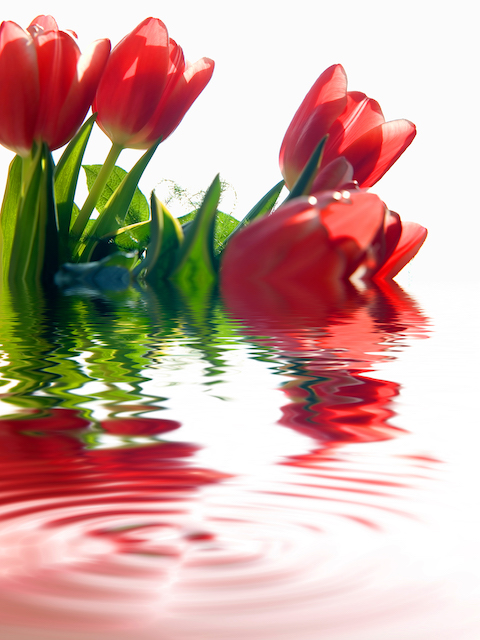If you think that a little drip from your roof gutter is no biggie, you couldn’t be more wrong. It is probably not a rupture but an overflow because there is something clogging the drain, like a leaf pile-up. This means that a full-scale lake could be forming over your head without you even knowing it. If this process repeats itself several times, the roof understructure could give in and crash inside the house, destroying property and injuring people! This is perhaps a more extreme case of what water damage can do to a house but even a benign drip from a pipe in the basement could spell disaster. That is why drainage and flood prevention should be high on the maintenance priority list of your edifice and the garden around it.

Collect water instead of wasting it
The drainage system on your house should ideally direct water from the highest point to the sewer system below ground. Like it is the case with hydro dams, you can take advantage of all this vertically flowing water both to control it and create a pool of water for later use. This is achieved by a small but useful intervention in the garden.
Basically, you need a huge barrel that is placed at the place your drainage network enter the ground. The barrel will act as an overflow container, preventing the garden from getting flooded during heavy showers when water starts gushing back from the sewer pipes that are overflowing. Additionally, you will benefit from a source of water for watering the garden and other uses free of charge!
Clearing the gutters
We already discussed how dangerous a clog in roof gutters can be. That is why you have to get up there from time to remove any debris. This is usually comprised of fallen leaves but you are bound to find a baseball or two. Individually, all this material does not pose a problem but the flow of water washes them away to the nearest bottleneck where a natural mini dam forms, jeopardizing the structural integrity of the drainage system. Every fall and winter, you should pick up a ladder (make sure you place them correctly against the side of the house) and simply throw down leaves and other objects that have found their way into the gutters.
Regular inspection
The aforementioned cleaning of the gutter is a proactive way of keeping the drainage system unobstructed. In some cases, a more passive way approach will yield greater results. You might know how to use a wrench but you are not a plumber, so once you spot a major problem, the best thing you can do is act immediately! If there is a leak in a high-pressure pipe, like the one used for heating, don’t try to solve the problem yourself, but rather turn to professionals for help.
Also, if you notice that there are stains in the ceiling from a leak you cannot locate, call water damage specialists to assess the problem area and come up with a solution. Water is tricky in the sense that it will find its way through the smallest of cracks which only an expert’s eye can locate with precision.
Danger from below

Water on the roof is dangerous but flooding comes from below as well. If a nearby river starts flooding its banks or a major pipe bursts inside your basement, you will be in a world of trouble. There is no complete protection from the rush of water, as it can breach the strongest of levees. What you can do in the case of a natural disaster is to have sacks ready to be filled with sand or dirt in order to slow down the oncoming water. When it comes to major pipes bursting inside the house, you need to know where the main security valve is located and shut it off as soon as possible. The most import goal during a major flood is to somehow stop the water from flowing inside your home.
Dealing with the aftermath

After water damages your house, there is little you can do. Before any repairs can begin, the whole place needs to dry out completely. During the warm period of the year, this is best achieved by letting air circulate naturally through the house by opening all doors and windows. If you wish to speed things up, then a simple fan available at the local supermarket can help.
Although the power of water is great and you need to respect it, you are not entirely powerless. By adopting these preventive measures, you are always one step ahead of possible flooding in your house and garden.


Sarah Jessica Smith is a young blogger from Sydney. She is in love with life and all the things that can make her daily routine easier. She loves to write about home improvement, lifestyle, and all the small things that make life such a great adventure.
